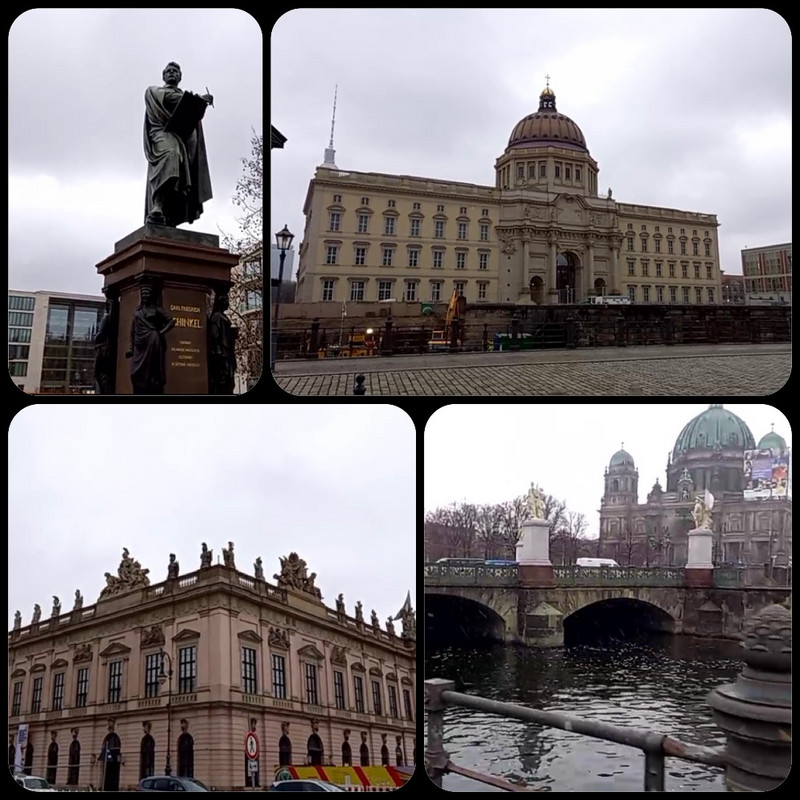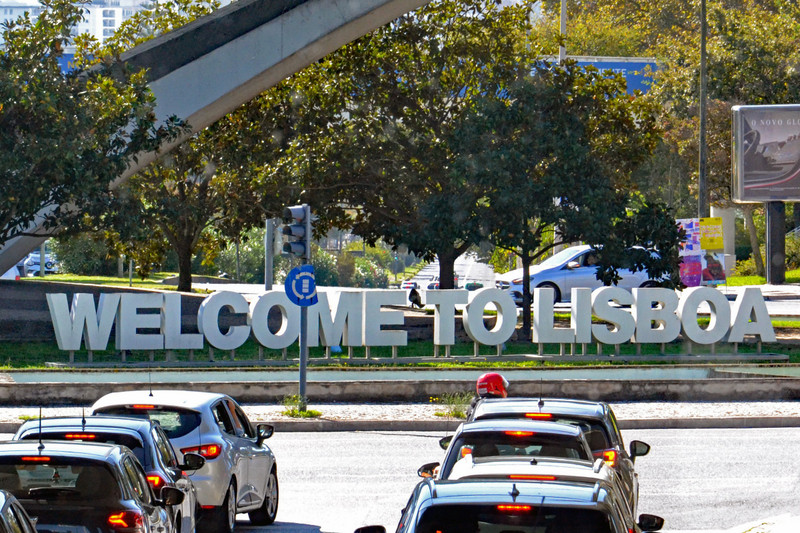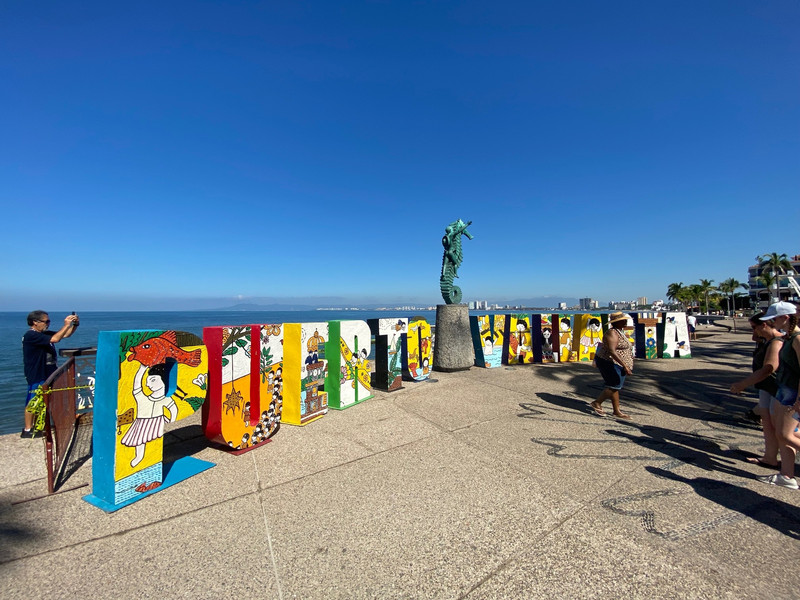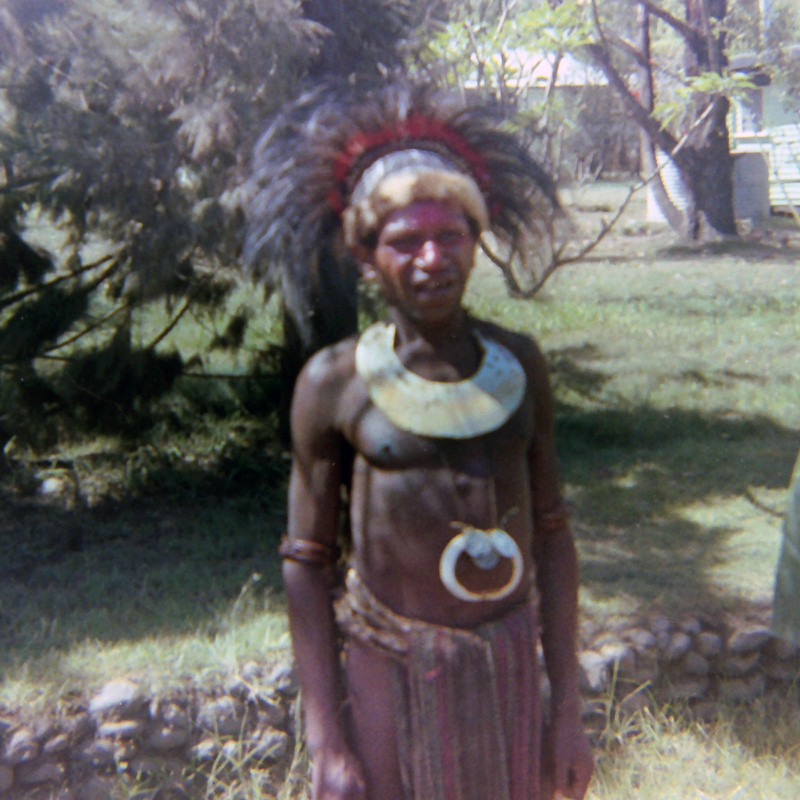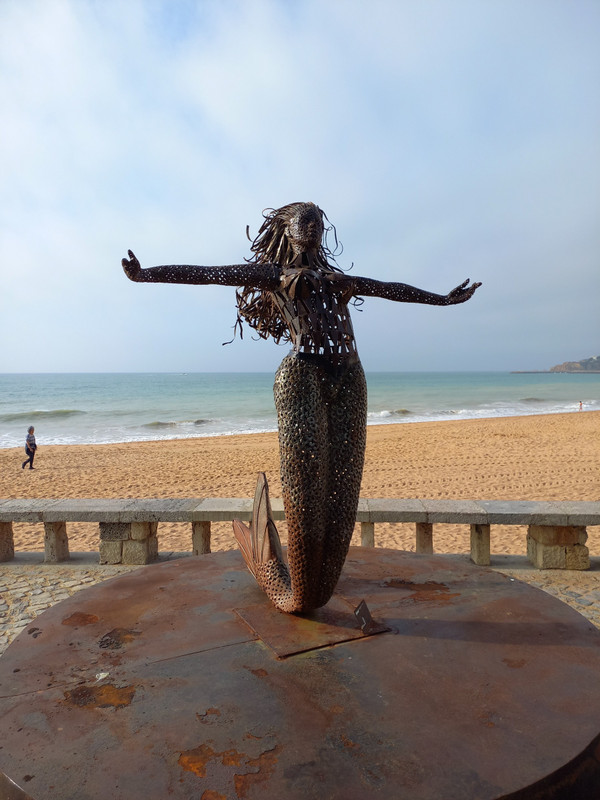Zeughaus is the oldest royal armoury, erected from 1695 to 1706 & was later converted into a Prussian Hall of Fame.
Damaged during the WW2 the Zeughaus was rebuilt from 1949 to 1967. Since 2003, it has been home to the German Historic Museum.
World War Two left numerous marks on Berlin buildings, scars caused by bombs and shells which are still visible & Arja our guide knew where to look.
Damaged during World War II and later demolished by the East German government in the 1950s, the Royal Palace is being rebuilt.
The Neue Wache or New Guardhouse is a memorial to the victims of war and tyranny. The Neue Wache was opened in its current form in 1993. Designed in the nineteenth century as a guardhouse for the Prussian royal family, today the building serves as the ‘Central Memorial Site of the German state, a place of national remembrance dedicated to the victims of war and tyranny.
point of the memorial. Mother with her Dead Son lit only by an unglazed, circular skylight, leaving it exposed to the best and worst of the Berlin weather.
We visited The Gendarmenmarkt, a magnificent square. It is best known for the architectural of the German and French cathedrals and Schinkels Konzerthaus (concert hall). The domes refer to the domed tower structures erected in 1785. They were mainly intended to add stature and grandeur to the two buildings.
Since its full in 1994, the French Church houses the Huguenot museum. In the German Dome rebuilt in the 1980s and restored in 1996 it is possible to visit a permanent exhibition on the history of the German Parliament. The statue of Friedrich Schiller set in the squares centre in 1871 was another victim of the Nazis purges. It was returned to East Berlin in 1988 after a long exile in the other half of the city.
Our guide had her little dog with her and only when sorting through my photos I noticed that little dog had managed to photo bombed the front of a very ornate doorway.
